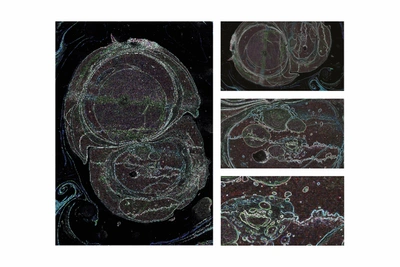
How to make your portfolio stand out for art school
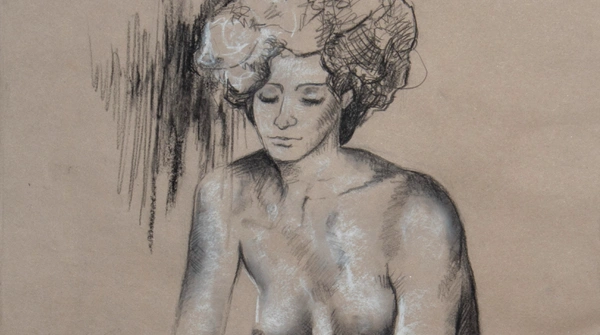
Portfolio Prep @RIC
Offers to Art and Design related degrees are generally made on the strength of the applicants’ portfolio. At Rochester Independent College we have an excellent track record of helping our students put together strong portfolios. We help you to make the most of your strengths and present a personal response. UAL like many art colleges outline five categories by which they judge a successful portfolio:


Research and investigative skills
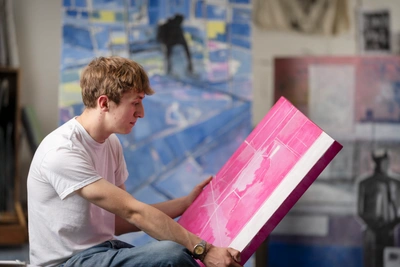
Creative thinking and problem solving abilities

Use a range of materials and processes

Interest in art, design or related subjects
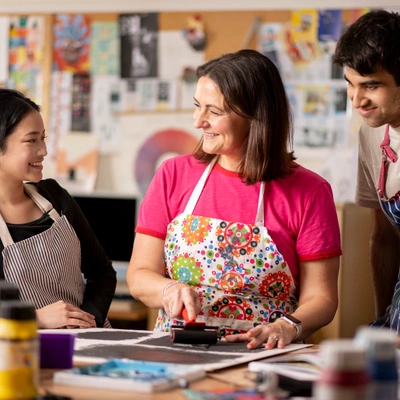
Our structure
The way we structure the A level course reflects these categories meaning that by the end of the course you will have a portfolio which fulfils all of the criteria above. Each project will begin with some initial research. This may take the form of drawing, taking photographs or researching from books or websites. We will also introduce you to a broad range of important artists, photographers and designers and teach you how to analyse their work. You will be taught a variety of different techniques and processes and encouraged to experiment. The question ‘What happens if?’ is at the heart of a successful project and a strong portfolio will reflect this spirit of creative enquiry. The most important feature of any project is the creative journey you go on. We will encourage you to explore different ways of developing your work, to solve problems creatively and to create genuinely original, personal work. We will develop your ability to reflect on what you have made and consider how to refine your work in order to best realise your intentions.

Fostering your interests
Personal creativity is genuinely at the heart of the philosophy of the Visual arts at RIC. We strive to develop your personal creative voice rather than forcing every student to mindlessly produce the same project with the same pre-determined outcome. This is possible because of our small classes and the extraordinary depth and breadth of our subject leaders who are specialists in their area. This means that we can adapt our teaching to your individual needs and interests resulting in a personal portfolio which will stand out from generic school projects. In our experience, a student who is making work that genuinely interests them and feels personally relevant will engage so much more fully than one who is just doing a project that the teacher has set with artists chosen for them.
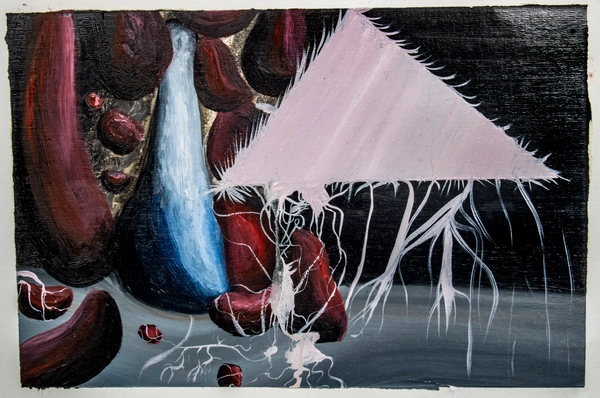
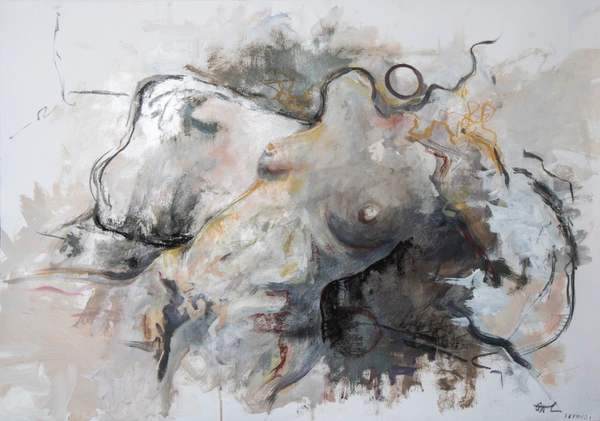
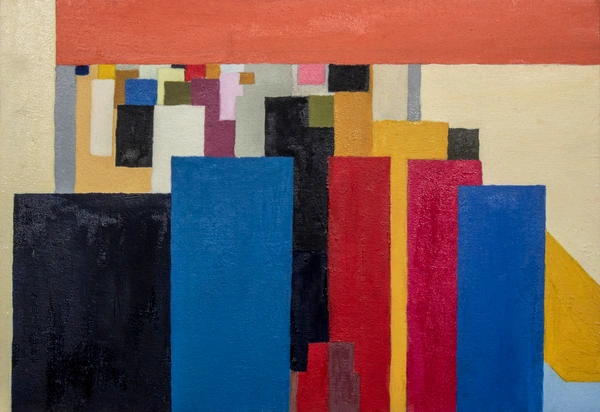

1 / 4
I came to RIC shortly after moving to England from Lithuania. I tried going to a state school first but found it a very unpleasant environment. The informal nature of RIC made it feel welcoming- a place where you were heard, seen and cared about. I joined at 13, in year 10. For A level I chose to do subjects in arts and humanities- fine art, drama, english, history of art and philosophy. I enjoyed the critical, academic aspects of philosophy, english and history of art which provided me with analytic skills whereas drama and fine art allowed plenty of room for creativity and exploration. The Fine Art department was the place where I spent most of my time- from lessons to lunchtimes. The staff were not only inspiring teachers but also friends who supported my artistic (and not only) development for four years. It was here that I gained a love for art and became certain I wanted to carry on doing it at university. When it came to applications, I was given help and advice on my portfolio as well as encouragement. I went on to do a foundation in Fine Art at Central Saint Martins. I think this course was an invaluable experience for me- I learnt to develop, inform and challenge my art practice further. After completing a BA, I hope to work as a practicing artist, art critic or a curator.
A portfolio is the ticket into art school. But how can applicants make theirs stand out?
The portfolio is a vital part of an application to any creative course. Whether a student considers a foundation course, undergraduate degree, or a certificate course, a portfolio showcasing their work, inspiration, and potential is a crucial element of the application process.
Students at RIC are given a great deal of individual help and support with portfolio preparation, ensuring students are targeting the work they are putting together for the art schools they are applying to.
It is important to understand the requirements for each individual application, but generally, a great portfolio will include and demonstrate the following:
- Sufficient examples of drawing from primary sources
- Inventive use of materials
- Process sketches – they can be as important as the finished piece
- Intellectual ambition
- Engagement with culture, like going to exhibitions, reading, and awareness of current events
- Personal, sincere subject matter
- Evidence of motivation, determination, and which industry is considered